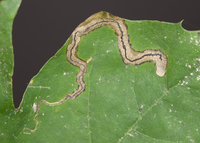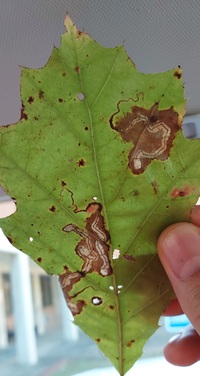
| Recorded by: Mark Basinger and Jim Petranka on 2025-10-17
Madison Co.
Comment: Quercus rubra was host plant. Mines were apparently unoccupied. rnHabitat had a lot of birch and was tending toward a northern hardwood forest. | 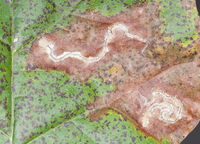
| Recorded by: Jim Petranka and Becky Elkin on 2025-10-11
Madison Co.
Comment: |
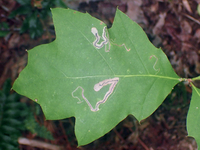
| Recorded by: tom ward on 2023-06-28
Buncombe Co.
Comment: | 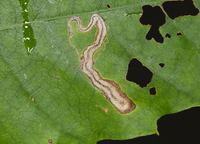
| Recorded by: Jim Petranka and Becky Elkin on 2022-08-24
Macon Co.
Comment: |

| Recorded by: Jim Petranka and Becky Elkin on 2022-08-24
Macon Co.
Comment: | 
| Recorded by: Jim Petranka and John Petranka on 2022-08-09
Watauga Co.
Comment: |
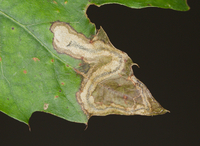
| Recorded by: Jim Petranka and Becky Elkin on 2022-08-02
Jackson Co.
Comment: Unoccupied mine was on Northern Red Oak. | 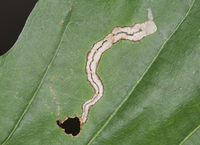
| Recorded by: Jim Petranka and Becky Elkin on 2022-08-02
Jackson Co.
Comment: Unoccupied mine was on Northern Red Oak. |

| Recorded by: Jim Petranka on 2022-07-15
Henderson Co.
Comment: On Northern Red Oak. | 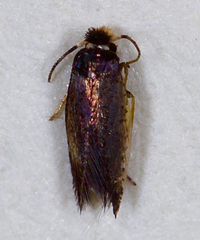
| Recorded by: Jim Petranka and Becky Elkin on 2022-06-29
Madison Co.
Comment: |
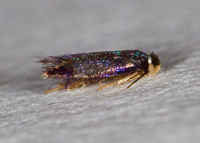
| Recorded by: Jim Petranka and Becky Elkin on 2022-06-29
Madison Co.
Comment: | 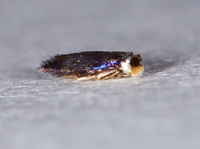
| Recorded by: Jim Petranka and Becky Elkin on 2022-06-29
Madison Co.
Comment: |

| Recorded by: Jim Petranka on 2022-06-23
Buncombe Co.
Comment: | 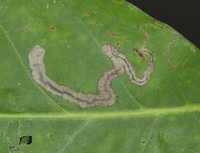
| Recorded by: Jim Petranka and Becky Elkin on 2022-06-18
Madison Co.
Comment: |
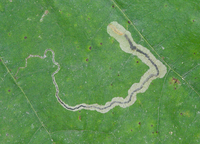
| Recorded by: Jim Petranka and Becky Elkin on 2022-06-12
Madison Co.
Comment: | 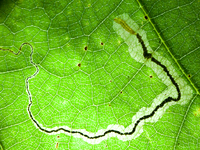
| Recorded by: Jim Petranka and Becky Elkin on 2022-06-12
Madison Co.
Comment: An occupied mine on N. Red Oak. |

| Recorded by: Jim Petranka and Becky Elkin on 2021-10-14
McDowell Co.
Comment: | 
| Recorded by: Jim Petranka and Becky Elkin on 2021-09-24
Henderson Co.
Comment: |
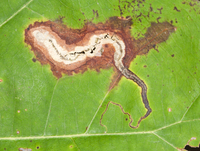
| Recorded by: Jim Petranka and Becky Elkin on 2021-09-22
Buncombe Co.
Comment: Unoccupied mine was on Northern Red Oak. | 
| Recorded by: Jim Petranka and Becky Elkin on 2021-09-18
Madison Co.
Comment: |
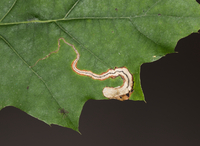
| Recorded by: Jim Petranka and Becky Elkin on 2021-08-26
Yancey Co.
Comment: On Northern Red Oak; maximum width 3.1 mm. | 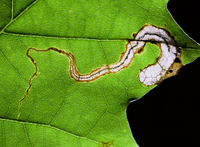
| Recorded by: Jim Petranka and Becky Elkin on 2021-08-26
Yancey Co.
Comment: A backlit image of an unoccupied mine on Northern Red Oak; maximum width 3.1 mm. |
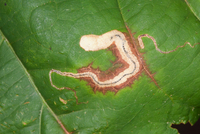
| Recorded by: Jim Petranka and Becky Elkin on 2021-08-03
Alleghany Co.
Comment: On Northern Red Oak; maximum width 3 mm. | 
| Recorded by: Jim Petranka, Becky Elkin and Bo Sullivan on 2021-08-02
Ashe Co.
Comment: Several mines on Northern Red Oak. |
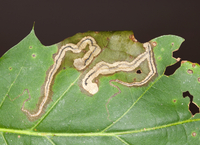
| Recorded by: Jim Petranka and Becky Elkin on 2021-07-24
Jackson Co.
Comment: Several mines on Northern Red Oak. | 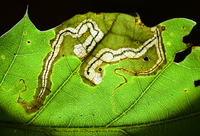
| Recorded by: Jim Petranka and Becky Elkin on 2021-07-24
Jackson Co.
Comment: On Northern Red Oak. |
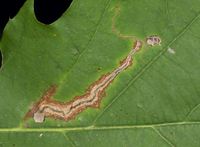
| Recorded by: Jim Petranka and Becky Elkin on 2021-07-23
Graham Co.
Comment: On Northern Red Oak. | 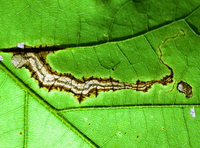
| Recorded by: Jim Petranka and Becky Elkin on 2021-07-23
Graham Co.
Comment: |
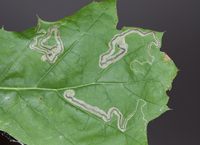
| Recorded by: Jim Petranka and Becky Elkin on 2021-07-01
Buncombe Co.
Comment: Unoccupied mine was on Quercus rubra; maximum width = 3.0 mm. | 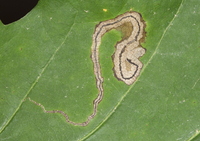
| Recorded by: Jim Petranka and Becky Elkin on 2021-06-27
Buncombe Co.
Comment: Unoccupied mine was on Quercus rubra; maximum width = 3.2 mm. |
|

 »
»


